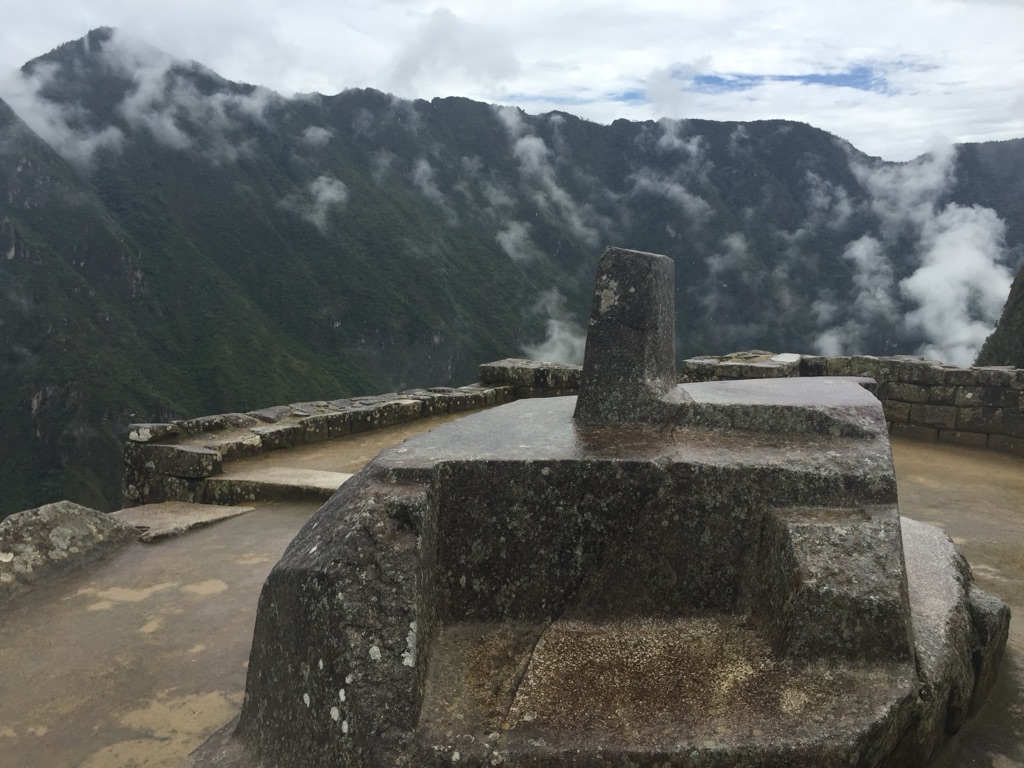The Intihuatana at Urubamba is a significant archeological artifact located in the Machu Picchu district of Peru. Carved from a single piece of granite, this stone structure is often referred to as the “Hitching Post of the Sun.” It is believed to have been constructed by the Inca civilization and played a crucial role in their astronomical observations and religious ceremonies. The Intihuatana’s precise function remains a topic of scholarly debate, but it is widely recognized as an important cultural heritage site and a testament to the advanced knowledge of the Inca people.
Get your dose of History via Email
Historical Background of Intihuatana, Urubamba
The Intihuatana stone was discovered at the Machu Picchu site by the American historian Hiram Bingham in 1911. Bingham, who was searching for the lost city of Vilcabamba, stumbled upon Machu Picchu instead. The Incas built the Intihuatana as part of their sacred city in the 15th century. It is one of the few such stones not destroyed by the Spanish conquistadors. The site later became a retreat for Inca royalty and nobility.
The Incas were master stonemasons, and the Intihuatana is a prime example of their skill. They carved the stone without the use of metal tools, which makes its precision all the more remarkable. The Intihuatana was not only a religious monument but also an astronomical observatory. It allowed the Incas to track the sun’s position and mark the solstices, which were important for their agricultural calendar.
After the Spanish conquest, many Intihuatana stones were demolished as part of the effort to eradicate Inca religion. Fortunately, the remote location of Machu Picchu protected the Intihuatana from destruction. It remained untouched until its rediscovery in the 20th century. Since then, it has become a focal point for visitors to Machu Picchu, offering a direct connection to the Inca civilization.
Throughout history, the Intihuatana has witnessed various events. It has survived earthquakes and the passage of time. While the site of Machu Picchu was not continuously inhabited, it has always held spiritual significance for the descendants of the Incas. Today, it is a UNESCO World Heritage Site and part of the Historic Sanctuary of Machu Picchu.
The Intihuatana continues to be a subject of research and conservation efforts. Archaeologists and historians work to understand its significance and preserve it for future generations. It stands as a silent witness to the ingenuity and spirituality of the Inca people, a civilization that once dominated the Andean region of South America.
About Intihuatana, Urubamba
The Intihuatana stone is an intricately carved rock located at Machu Picchu. It stands approximately six feet tall and is positioned on a raised platform that enhances its prominence. The stone’s name, Intihuatana, is Quechua for “Hitching Post of the Sun,” which reflects its supposed use in Inca astronomy.
The stone is designed to align with the sun during the winter and summer solstices. During these times, the sun stands almost directly above the pillar, creating no shadow. This alignment was likely used to regulate the agricultural calendar, an essential aspect of Inca life. The precision of the stone’s angles and edges is a testament to the Incas’ advanced understanding of stonework and astronomy.
The Intihuatana is made of granite, a common material in the construction of Inca architecture. The Incas had a profound understanding of stone masonry, which is evident in the seamless joints and intricate carvings of the Intihuatana. The methods they used to shape and place the stone remain a marvel to modern engineers and archaeologists.
Architecturally, the Intihuatana is part of a larger complex of buildings and terraces that make up Machu Picchu. Its placement within the site suggests it held a central role in Inca ceremonies. The surrounding structures provide a context for its ceremonial importance, as they include temples, residential areas, and agricultural terraces.
Despite centuries of exposure to the elements, the Intihuatana remains in excellent condition. Its preservation allows visitors to appreciate the craftsmanship of the Inca builders. The stone continues to be a focal point for cultural and spiritual activities, drawing tourists and scholars alike to its ancient presence.
Theories and Interpretations
Several theories exist about the Intihuatana’s purpose. Most agree it was an astronomical tool and a religious altar. The Incas were adept at celestial navigation and used the sun’s position to manage their calendar. The Intihuatana likely played a key role in these observations.
Some scholars suggest the stone was used for more than just tracking the solstices. It may have been part of a larger system for observing other celestial events. The angles and corners of the stone could have helped in tracking the moon and stars as well.
There are also theories that the Intihuatana served as a sacred space for rituals. The Incas believed that the stone held the sun in its place along its annual path. During ceremonies, priests might have “tied” the sun to the stone to ensure its return, which was vital for crop growth and the stability of the empire.
Interpretations of the Intihuatana are matched to historical records with care. However, the absence of written records from the Inca civilization means that much of what is understood comes from post-conquest accounts and archaeological evidence. This leaves room for speculation and ongoing research.
Dating the Intihuatana has been carried out using relative dating methods. These methods place its construction in the 15th century, during the height of the Inca Empire. The exact date remains uncertain, but its association with the royal estate of Machu Picchu suggests it was built during the reign of Pachacuti, the ninth Sapa Inca.
At a glance
Country: Peru
Civilization: Inca
Age: 15th century AD
Conclusion and Sources
Reputable sources used in the creation of this article include:
- Wikipedia: https://en.wikipedia.org/wiki/Intihuatana

